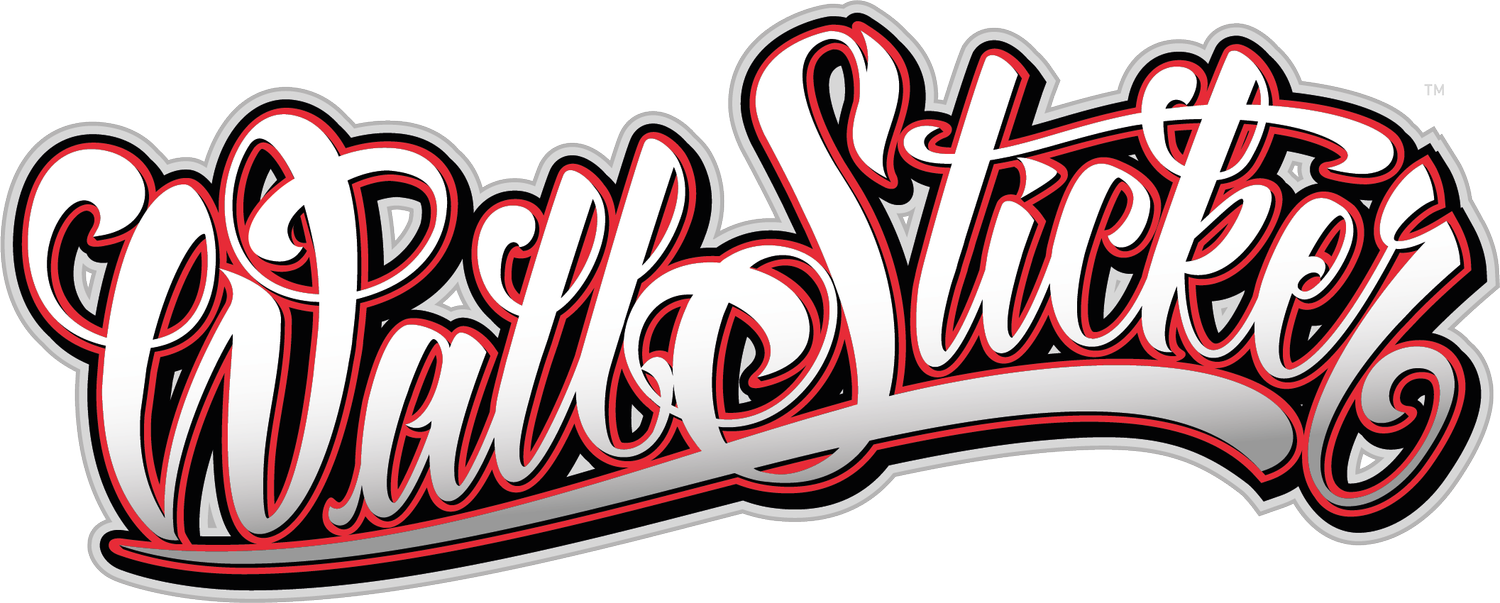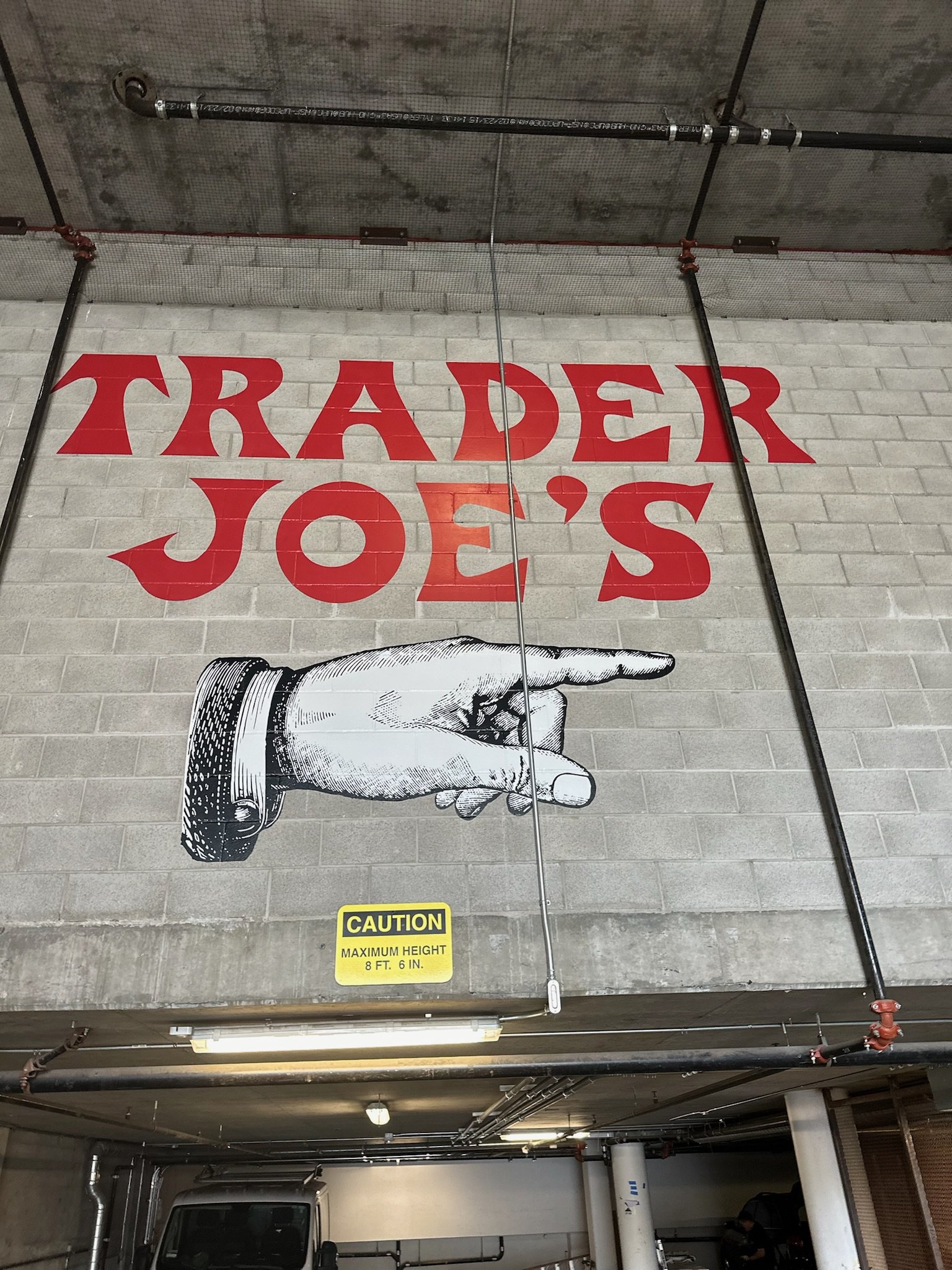Can You Install a Wall Wrap Over Textured Surfaces?
Wall wraps are one of the most powerful tools for transforming interior or exterior spaces with bold branding, art, or messaging. But what happens when your wall isn’t smooth?
A common question we get is: “Can you install a vinyl wall wrap over textured surfaces?”
The short answer: Yes—but it depends on the texture, material, and wrap type. In this article, we’ll explain what’s possible, what to avoid, and how to ensure a successful installation on textured walls.
What Counts as a Textured Surface?
“Textured” can mean a variety of finishes. Common examples include:
Orange peel drywall (light texture often found indoors)
Cinder block or concrete (heavily porous and rough)
Stucco or plaster (variable texture and hardness)
Brick or mortar joints (high-relief patterns)
Textured wallpaper or wood paneling
Each surface presents different challenges when it comes to adhesion, flexibility, and long-term durability.
Can Wall Wraps Stick to Textured Walls?
Yes, but surface preparation and material selection are critical. Here’s a breakdown:
1. Light to Moderate Texture (e.g., orange peel, lightly textured drywall)
Suitable for wraps
High-performance vinyl films like 3M IJ180 or 3M Controltac can conform to light textures, especially when installed with heat and pressure.
Best practices:
Use a primer or adhesive promoter
Apply heat to conform the vinyl into texture valleys
Laminate for extra durability
2. Heavy Texture (e.g., concrete block, brick, stucco)
Challenging, but possible with the right product and process
Rough surfaces require specialized textured surface vinyl—like 3M IJ8624—designed specifically for masonry, concrete, and brick.
Installation tips:
Deep cleaning is essential (dust, efflorescence, and oils reduce adhesion)
Use heat guns and rollers to work vinyl into crevices
Expect a more time-intensive install
3. Very Rough or Crumbling Surfaces
Not recommended
If the texture is unstable, flaking, or highly uneven, vinyl may not adhere properly or will fail prematurely. These walls should be smoothed or repaired before wrapping.
Why the Right Vinyl Matters
Generic or low-cost vinyl typically lacks the flexibility and adhesive strength to grip textured walls. High-quality films from 3M, Avery Dennison, or Arlon are engineered for extreme conformability and durability—even on outdoor masonry or high-relief surfaces.
Pro tip: Always use materials rated for textured or "difficult" surfaces if adhesion is critical.
Final Thoughts
Yes—you can wrap textured walls. But it takes experience, the right materials, and a surface evaluation to determine whether it’s truly viable. At Wallsticker, we specialize in installing wall wraps on a wide range of surfaces—from indoor office drywall to exterior brick walls and rough concrete facades.
Have a textured wall you want to wrap?
Contact us today for a free surface assessment and material recommendation. We'll help you transform your space—no matter the texture.

